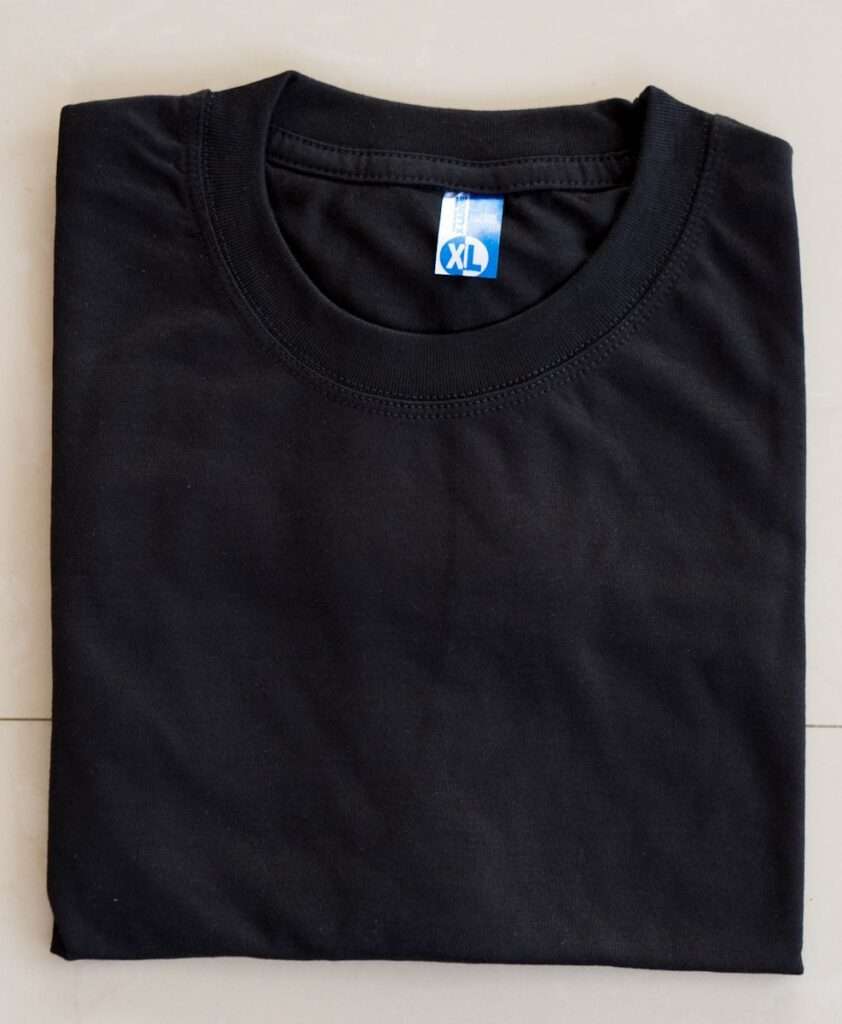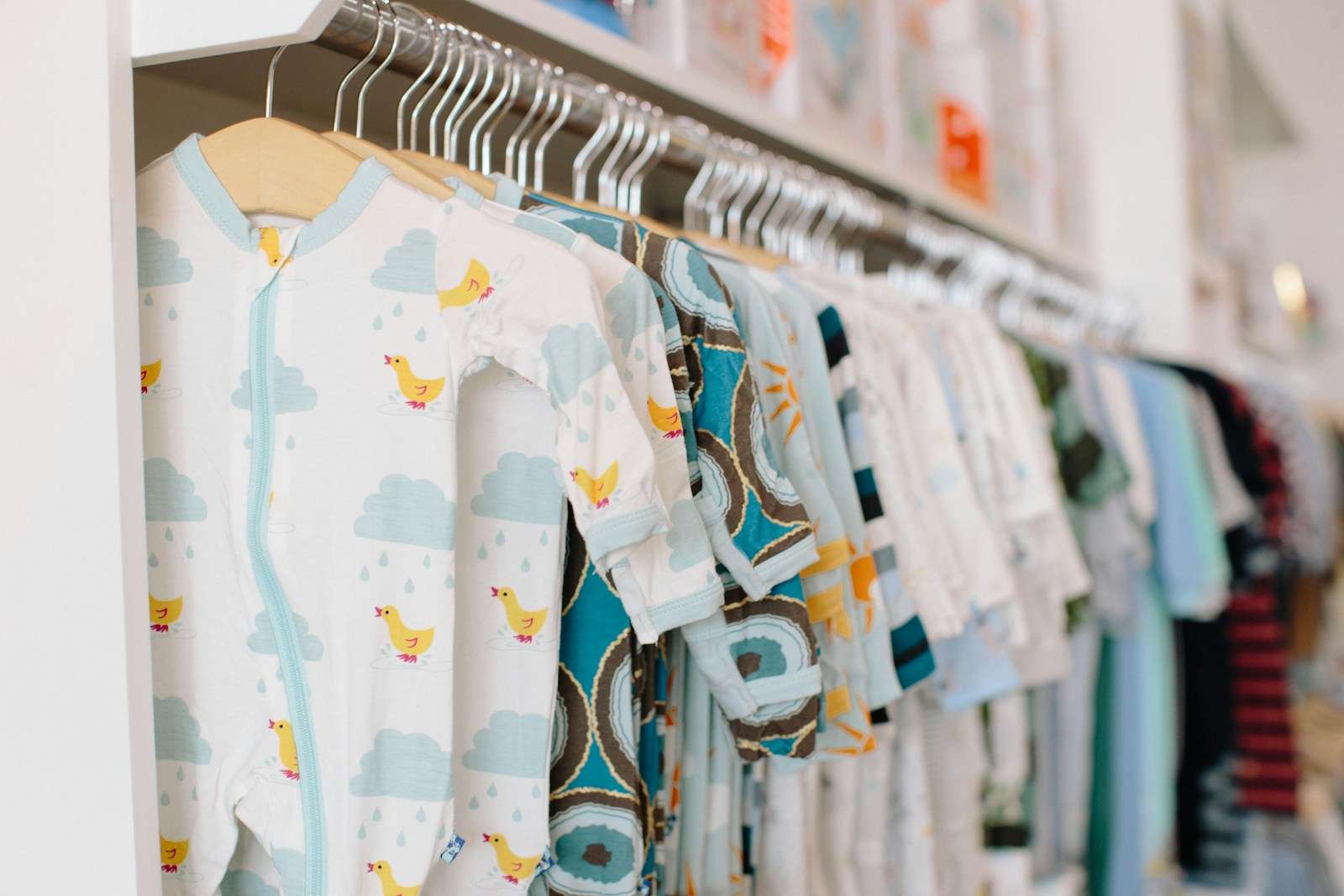Did you know kids grow out of clothes faster than you can fold them? I swear, I am constantly replacing their wardrobes. The quest for clothes for kids feels like a never ending cycle. It is like one minute a shirt fits perfectly, and the next it is too snug. Believe me, as a parent, I get the struggle. Kids change their minds faster than the weather. What was a favorite outfit yesterday is now banished to the back of the closet. Finding clothes for kids that are practical, tough and still look good can be a real headache. So, I put together this guide, sharing what I have learned about keeping kids dressed without losing my mind or emptying my wallet.
Trying to figure out kids clothing sizes? It is like trying to solve a riddle. There is no consistency, and every brand seems to have its own idea of what a size should be. What fits as a size four from one store might be uncomfortably tight from another. This is what I do:
Size charts that link age and clothing size can be a starting place. I do not count on them too much. Kids grow at different paces.
Grab a measuring tape. Chest, waist, hip and inseam measurements are really helpful. Then I check those numbers against the brand’s size chart, which is usually easy to find online.
Parent reviews are gold. Do the clothes seem to run small, large or just right? Real experiences from other shoppers can save you time and trouble.
If I am unsure, I usually go a size up, especially with my quickly growing kids. I try not to go too crazy with the sizing. Clothes that are way too big can be uncomfortable and even unsafe. I think about what it might take to alter the clothes if I need to.
How clothes fit matters. A slim fit, regular fit or relaxed fit can change how clothes look and feel. A slim fit shirt could feel too tight on a stockier kid, even if the measurements look right on paper.
Decoding Size Labels

Time to break down those confusing size labels:
Numbers (like 2T, 4 or 6) usually show up for toddlers and young kids. The number is often linked to the child’s age, but I always use measurements as my main guide. The “T” in 2T, 3T and 4T means it is for a toddler.
Letters (S, M, L) are more common for older kids and teens. The brand’s size chart is where I look for what those letters mean in terms of measurements.
Some brands give size charts that use height and weight ranges. I find these can be more accurate than charts based on age.
Been There, Done That: I once bought clothes for a family trip only using age based sizes. I ended up scrambling to find replacements as soon as we arrived. Now, I always have a measuring tape nearby, or at least a mental note of everyone’s measurements.
Picking the Right Fabrics
What the clothes are made of makes a big difference, especially for active kids. I want stuff that is comfy, will last and is easy to clean. This is what I look for:
Cotton: It is a classic for a reason. It is breathable, soft and usually does not cost too much. I try to find organic cotton to cut down on exposure to pesticides.
Cotton blends (mixed with polyester or other synthetics) can make clothes more durable and less prone to wrinkles. I find these blends are often easier to wash and dry than 100% cotton.
Linen: A great choice when it is warm. It is light and airy, but it wrinkles easily.
Wool: Just right for cold weather. It is warm, water resistant and breathable. Merino wool feels soft and nice against the skin.
Fleece: Soft and warm, but it can be bulky. Anti pill fleece is what I look for to prevent those annoying little balls from forming.
For kids who play sports, moisture wicking fabrics like polyester or nylon are ideal. They help keep them dry and comfortable when they are running around.
Fabrics to Avoid (or Use With Care)
Rayon can shrink or stretch out of shape easily and might need special washing.
Velvet looks beautiful, but it is delicate. I would not pick it for everyday wear.
If a fabric feels scratchy to you, your child will probably find it scratchy too.
Pro Tip: Always peek at the care label. If something needs to be hand washed or dry cleaned, I think about if I am really ready to deal with that.
Making Clothes Last
Kids can be hard on clothing. Seams come apart, knees wear through, and stains happen. Clothes that are made well will last longer. I always check these things:
Double stitched or reinforced seams are what I look for, especially where clothes get a lot of wear and tear like knees, elbows and the crotch.
Zippers should slide easily, and buttons should be attached securely. Snaps should be easy to use, but not too loose.
Metal zippers and snaps usually hold up better than plastic.
For knit fabrics, a tighter knit means better quality and they will probably last longer.
I always snip any loose threads before the first wear to keep them from unraveling.
How to Extend the Life of Kids’ Clothes
Besides buying good quality clothes, taking care of them the right way makes a big difference. I always:
Follow the care label instructions exactly.
Wash clothes inside out to help keep colors from fading and protect any decorations.
Use a mild detergent to avoid damage to the fabric and prevent skin irritation.
Tumble dry on low or hang clothes up to dry. This helps keep them from shrinking and breaking down.
Deal with stains right away. The sooner you treat a stain, the better chance you have of getting rid of it.
Finding the Right Style
Once I have figured out sizing and fabric, the fun part begins: style! My taste is not always the same as my kids. I try to find a balance between what I like and letting them express themselves.
What’s Trending in Kids Fashion?
Kids fashion is always changing. Social media and pop culture have a big influence. I do not think you need to follow every trend, but knowing what is popular can help you find clothes your child will like. Some trends right now:
Athleisure is still going strong. Think comfortable and practical clothes like leggings, hoodies and sneakers.
Eco friendly fabrics and ethical production are becoming more common when it comes to children’s clothing.
More brands are offering clothes that are not specifically for boys or girls. These styles are appealing to everyone.
Bright colors, fun patterns and graphic designs are always a hit with kids.
Retro styles and vintage inspired pieces are coming back.
Letting Kids Express Themselves
The main thing is to let your child show off their own style. I encourage my kids to pick clothes that make them feel good and confident. This might mean I have to compromise on what I would choose, but it is worth it to see them happy and self assured.
True Story: One of my kids went through a phase where they would only wear superhero costumes. I only put my foot down at fancy events. Otherwise, I let them wear their cape and mask to the grocery store. It made them happy and brightened everyone else’s day.
Staying on Budget

Children’s clothing can get expensive, especially if you want good quality items that last. I have found some ways to save money without giving up on style or quality:
I shop end of season sales and clearance racks. I plan ahead and stock up on basics for the next year.
I buy winter coats in the spring and swimsuits in the fall when they are heavily discounted.
I check consignment shops, thrift stores and online marketplaces for gently used kids’ clothes.
I get together with other parents to swap outgrown clothes for items that fit.
I put my money into good quality basics that can be mixed and matched in lots of ways.
Knowing some basic sewing can save money by fixing small rips and replacing missing buttons.
Making a Clothing Budget
I set a budget before I start shopping to keep from spending too much. I always think about these things:
I am realistic about what I can afford based on my family’s income.
The more kids you have, the more you will need to spend on clothes.
Younger kids grow out of clothes faster than older ones.
I factor in extra money for things like sports uniforms or dance outfits.
Where to Shop
There are so many places to find buying kids clothes. From big stores to small boutiques and online shops. I have had good luck with many different sources:
Department stores have a lot of brands and styles all in one place, and the prices are competitive.
Shopping online is convenient and there is a huge selection. I always check the return policy first.
Boutiques have stylish clothes, but they can be more expensive.
Consignment shops are great for finding clothes at prices lower than what they originally sold for.
Outlet stores offer discounts on items that are overstocked or from past seasons.
Brands that sell directly to consumers often have good quality clothes at better prices because they cut out the middleman.
Tips for Shopping Online
It is so convenient to shop online for kids apparel, but there can be some downsides. Here is what I suggest:
Read reviews to get a better idea about sizing, fit and quality.
Make sure you can return things easily if they do not fit or you are not happy with them. Always check the return policy.
Compare prices from different sellers to find the best deal.
Look at the brand’s size chart to help you pick the right size.
Do not forget to add in the cost of shipping when you are figuring out the total price.
Special Clothing Needs
Some kids have special needs when it comes to clothing because of things like sensory issues or medical conditions. I have learned to be flexible and find solutions that work.
Sensory Friendly Clothing
Certain fabrics, seams and tags can be irritating or even painful for kids with sensory sensitivities. I look for:
Soft, natural fabrics like cotton, bamboo and merino wool.
Tagless clothing to avoid irritation.
Flat seams that will not rub or irritate the skin.
Loose fitting styles that are not too tight or restrictive.
Adaptive Clothing
Adaptive clothing is made for kids with disabilities or medical needs. It often has:
Closures that are easy to use like Velcro, magnets or snaps instead of buttons or zippers.
Designs that will work with braces, casts or other medical devices.
Soft, natural fabrics to cut down on irritation.
Dealing With Allergies
If your child has allergies or sensitive skin, I suggest hypoallergenic fabrics and avoiding dyes and chemicals that could cause a reaction. I look for:
Organic cotton that is grown without pesticides or synthetic fertilizers.
Hypoallergenic dyes that are less likely to cause allergic reactions.
Fabrics that do not contain formaldehyde to prevent skin irritation.
Clothing for Each Season
It is really important to dress your child in clothes that are right for the weather so they will be comfortable and safe. The way I approach kids fashion changes with the seasons.
Summer Clothes
I pick lightweight, breathable fabrics like cotton, linen and rayon.
I choose loose fitting styles to help air circulate and prevent overheating.
I try to find clothes with UPF (Ultraviolet Protection Factor) for sun protection.
I always use hats and sunglasses to keep the sun off my child’s face and out of their eyes.
Winter Clothes
I choose fabrics that will keep them warm, like wool, fleece and down.
I dress my kids in layers so they can adjust to changing temperatures.
I make sure they have a waterproof coat and boots to protect them from rain and snow.
I always use hats, gloves and scarves to keep them warm when it is cold.
Spring and Fall Clothes
I find that layering is the best approach during the spring and fall since the weather can change so quickly. I suggest:
Light jackets and sweaters that are easy to put on and take off.
Pants like jeans, leggings and khakis are versatile and will work in all kinds of weather.
Closed toe shoes to protect their feet from the elements.
How Kids’ Clothes Affect the Planet
The fashion industry has an impact on the environment, and buying kids clothes is part of that. I try to be aware of my choices and reduce my footprint.
Supporting Brands That Care
I try to pick brands that make sustainability a priority. These brands often use:
Organic fabrics that are grown without pesticides or synthetic fertilizers.
Recycled materials made from things like recycled plastic bottles.
Ethical production practices to ensure garment workers are paid fairly and work in safe conditions.
Making Clothes Last Longer
I try to make clothes last as long as possible to reduce my impact on the environment. I do this by:
Buying clothes that are durable and can be passed down to younger siblings.
Fixing clothes instead of throwing them away.
Donating or selling clothes that no longer fit.
Recycling clothes that are too worn to be used anymore.
Buying Less
I try to buy only what we really need and avoid buying things just because they are on sale.
Making Shopping Fun
Buying clothes for kids does not have to be a chore. If you plan ahead and stay positive, it can be fun for everyone. I have learned to:
Let your child help pick out clothes and express their own style.
Make shopping more interesting by turning it into a scavenger hunt or guessing game.
Take breaks for snacks and fun activities to prevent meltdowns.
Reward good behavior with a treat or special activity.
Final Thoughts
Buying clothes for kids is a never ending process. There is no one perfect solution that works for everyone. If you understand sizing, fabrics, construction and your child’s needs, you can make shopping easier, less expensive and more fun. Put comfort, durability and self expression first to create a wardrobe that both you and your child will be happy with.





